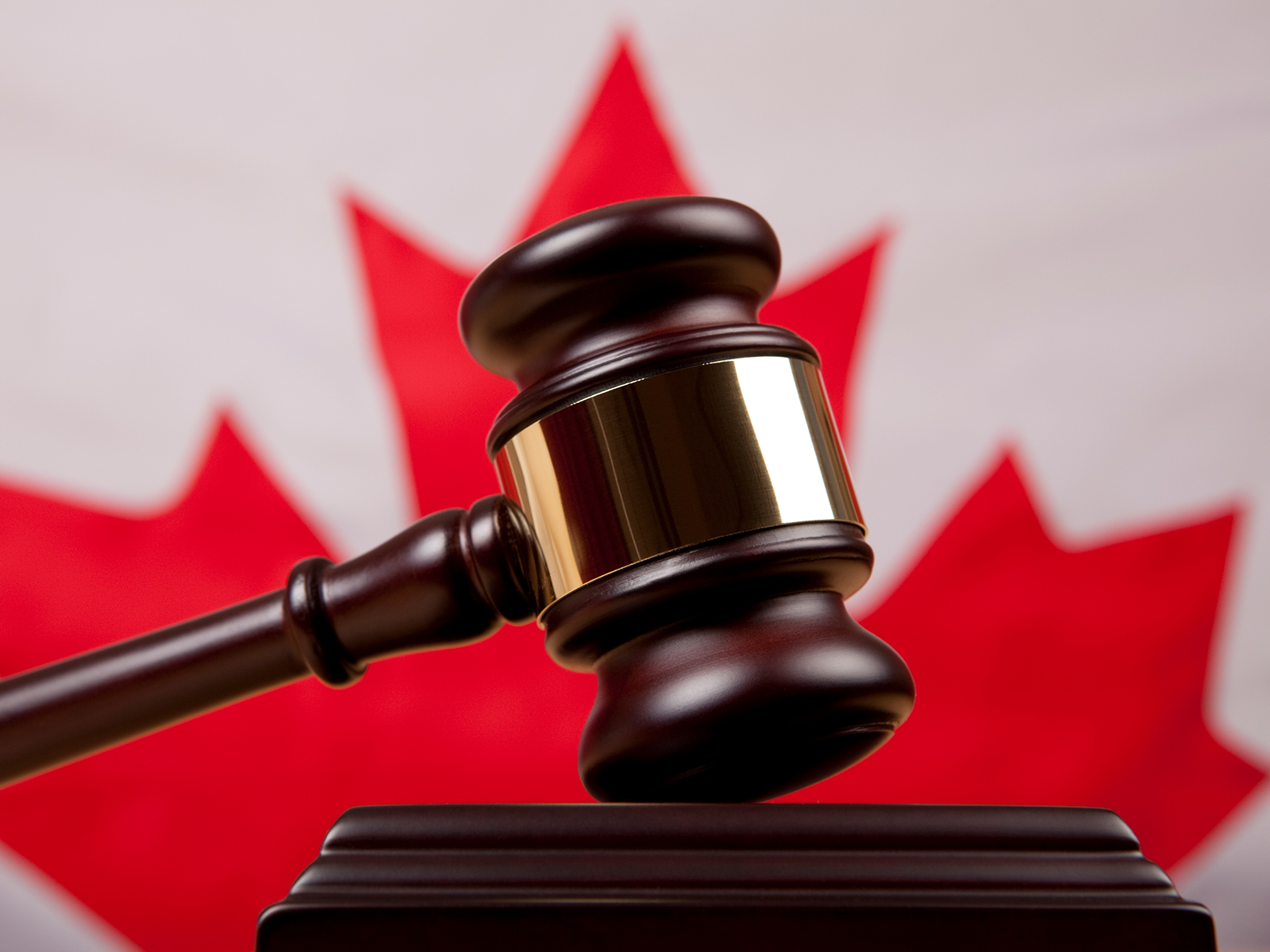Major Changes to Canadian Trademark Registration System On The Way
Are you prepared for the imminent changes to Canadian trademark registration system? If you haven’t, you need to act fast. In 2014, some major changes were made to Canadian Trademarks Act. One of the reasons for these amendments is to allow Canada to comply with international trademark treaties like the Nice Agreement, Singapore Treaty and Madrid Protocol. Though… Read More »

Are you prepared for the imminent changes to Canadian trademark registration system? If you haven’t, you need to act fast.
In 2014, some major changes were made to Canadian Trademarks Act. One of the reasons for these amendments is to allow Canada to comply with international trademark treaties like the Nice Agreement, Singapore Treaty and Madrid Protocol. Though these major changes will be executed probably by the end of 2018, it’s ideal to review them. [Canadian Trademark Registration]
Elimination of ‘use’ as a trademark filing basis and a prerequisite for trademark registration
Unlike before, there wouldn’t be any need for a trademark application to identify a filing basis, and no need for the trademark to be used anywhere before it can be registered. Owing to this, an applicant can now register a trademark in Canada even if it has never been used.
The removal of a precondition for registration will make the trademark registration process to be fast, but it will allow trademark trolls and squatters to thrive. If your trademark is vulnerable to squatters, you should consider a defensive trademark registration. You should also monitor the Canadian Trademarks journals to identify and oppose conflicting trademarks.
Adoption of the Nice Classification system
Currently, it’s not necessary to classify goods and services when filing a trademark application, and regardless of the range of goods or services claimed in a trademark application, the applicant pays just a single filing fee to the Canadian government.
However, this will change immediately the Canadian government implements the Nice Classification system. Applicants will be required to describe their goods or services and classify them using the Nice Classification system.
The CIPO is also proposing to charge per class for filing and renewals in order to prevent applicants from registering trademarks for goods or services they do not intend to use the mark for. A final decision has not been made on this proposed fee structure. So trademark owners, you should expect a higher trademark filing costs and must be ready to be very selective when classifying their goods or services.
Shortened Term of Mark Registration
The term of trademark registration will be reduced from 15 years to 10 years. This means that a trademark registration has to be renewed every 10 years. The renewal costs may also be higher if the proposed fee per class renewal plan by CIPO is approved.
Elimination of Associated Trademarks
The Trademark Acts amendments will eliminate “associated” trademark provision. Hence, registrants may not be able to split ownership of their confusing trademarks and assign them to other entities.
Limited non-use cancellation allowed
For now, it’s impossible for third parties to request that specific goods or services be canceled on the ground of non-use. With the new changes, it will be possible for third parties to issue a cancellation notice for certain goods or services based on non-use.
Divisional trademark applications allowed
At present, applicants cannot divide applications, but with the new changes, the applicant will be able to divide their trademark applications. Applicants can also take advantage of divisional trademark applications whenever they intend to assign an application for particular goods or services only.


